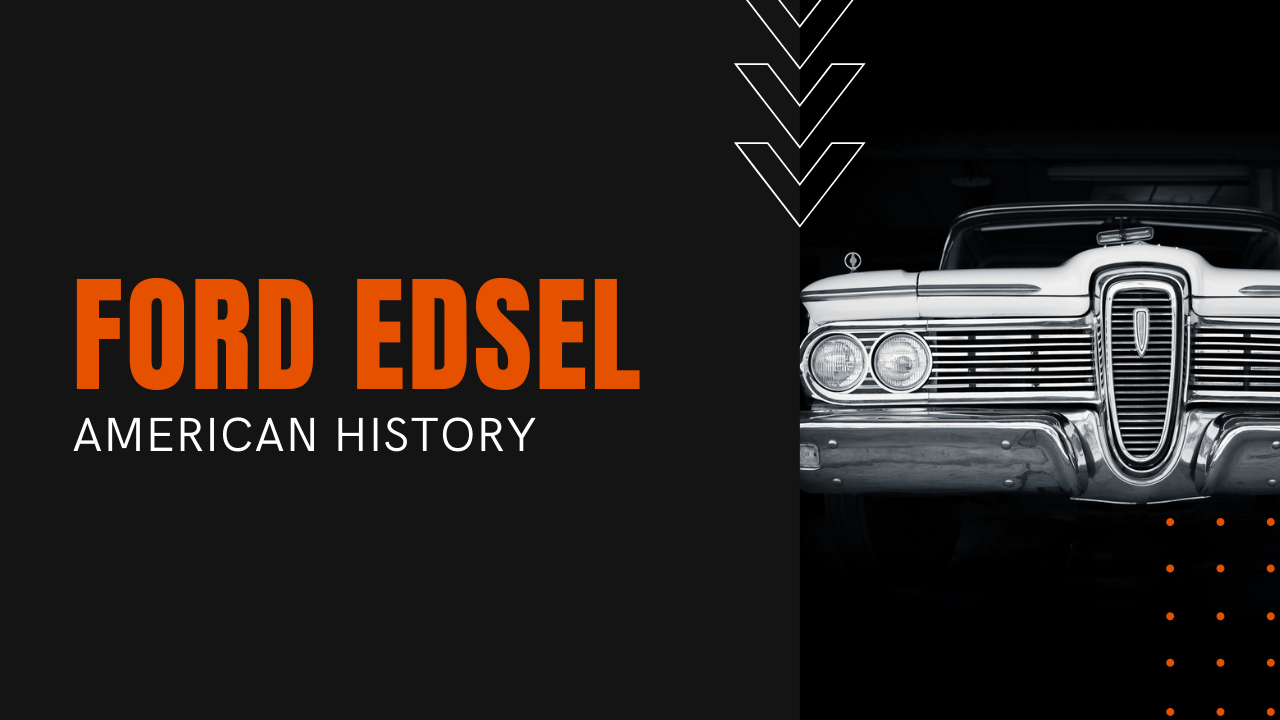Ford Edsel: A Case Study in Automotive Flops

In light of the twenty-twenty clairvoyance of hindsight, Ford’s Edsel was a good idea at a bad time. When planning began in 1955, demand for cars in the low to medium price range was booming, and Ford was hoping to fill the niche between their Ford and Mercury lines. But when the Edsel hit the streets in 1957, economic recession had stymied consumer confidence.
At least five other upscale brands—DeSoto, Hudson, Nash, Packard, and Studebaker—would close their doors as buyer preferences shifted toward less expensive cars like the Volkswagen Beetle, which gained momentum thanks to its cuteness, dirt-cheap pricing, and extraordinary fuel economy.
Perhaps one of the biggest hurdles the Edsel encountered during its development was its name. Among some of the rejected ones were Mongoose Civique, Turcotinga and Utopian Turtle Top. The name Edsel was adopted against the wishes of the Ford family but at the insistence of board chairman Ernie Breech.
Who Was Edsel Ford?
Intended as an homage to Edsel B. Ford, the son of Henry Ford, and president of the company between 1919 and 1943, as well as the father of the company’s current president, Henry Ford the Second.
It was at best an awkward name for an automobile. and clearly lacked the romance, intrigue or elegance traditionally associated with automobile marketing in the 1950s. Besides its ill-fitted name, Edsel’s styling was thought to be controversial at best, and just plain ugly at worst.
For instance, the front vertical grill was frequently compared to a freshly-landed wide-mouth bass, as it gulped for air through its now waterless gills. In 1959, with sales plummeting, Ford modified the grill to be less controversial, but the damage had already been done in the eyes of the car-buying public. Edsel would live on through 1960, but only to fulfill existing contracts.
In today’s overheated collector car market, the Edsel stands as one of the most desirable and much loved examples of the 1950s outrageous automotive styling. As for Ford Motor Company, its mistake would cost the organization some $250 million, which in today’s money would equal six and a half billion dollars.
